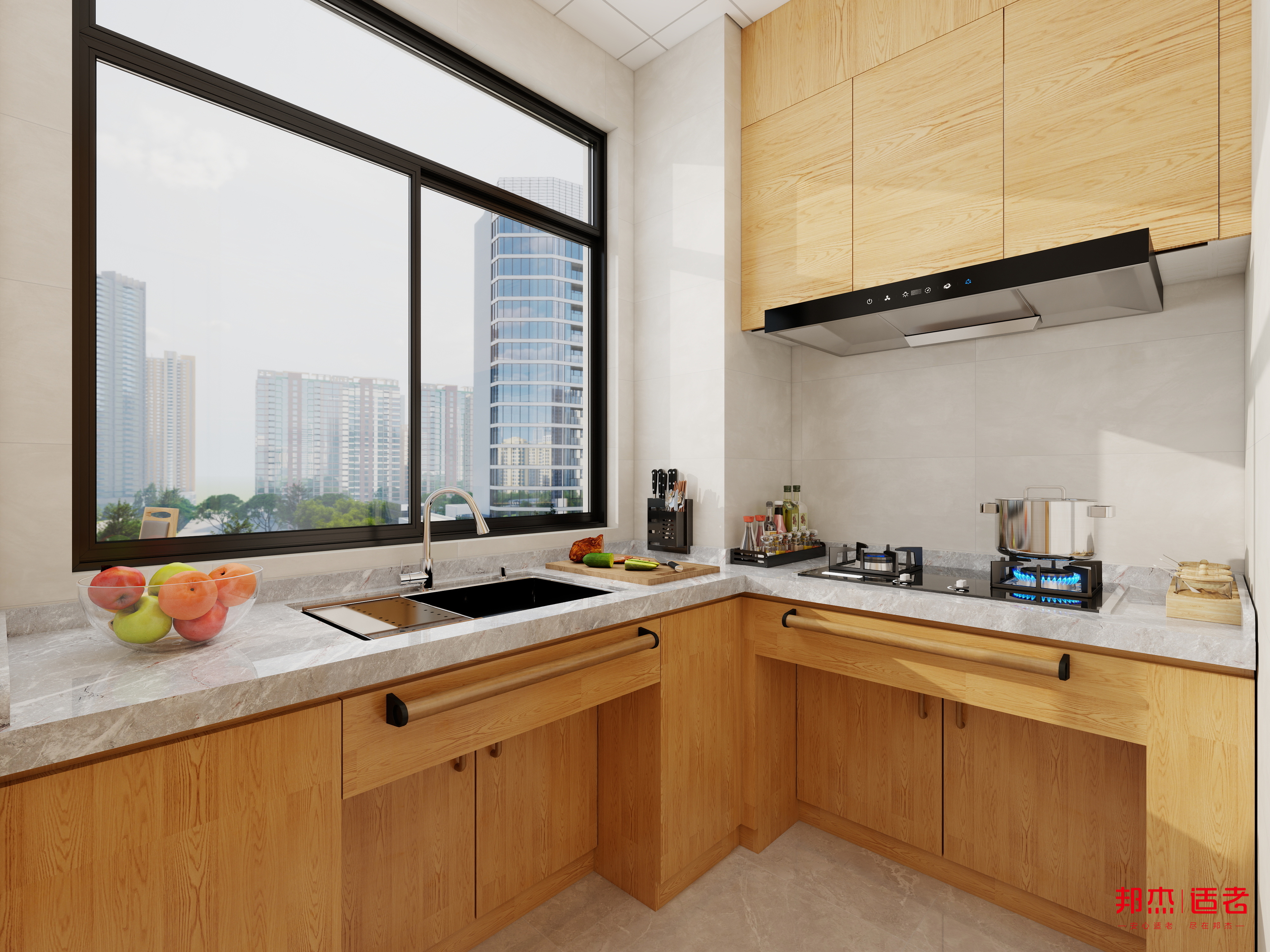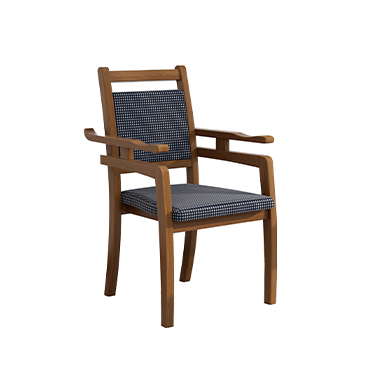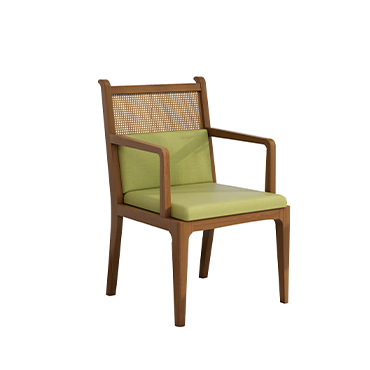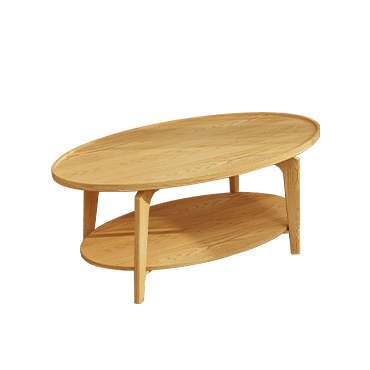How Elderly-Friendly Furniture Aligns with Seniors’ Daily Habits
As the population ages, elderly-friendly furniture must go beyond basic functions to truly match the daily routines, physical needs, and emotional preferences of older adults. To achieve this, design concepts must be rooted in a deep understanding of seniors' living habits. Here are the key aspects to consider:
1.Matching Resting Habits: Easier Sitting, Smoother Movement
Higher seats with medium firmness: As seniors experience reduced leg strength, chairs and sofas should not be too low or too soft, making it easier to sit down and stand up.
Multi-functional shoe benches and support chairs: Designed for daily routines like putting on shoes or taking off coats, with support for standing.
Electric recliners or adjustable beds: One-touch adjustments accommodate habits like napping or resting, reducing the strain of turning or getting up.
2.Accommodating Movement Patterns: From "less walking" to "within reach"
Furniture layout should ensure wide pathways: Seniors often move slowly or use walking aids. Avoid narrow passages or sharp turns.
Handrails and support features: Install sturdy support bars near washbasins or toilets; choose armchairs with side support for easy sitting.
Easy-to-open drawers and cabinet doors: Avoid heavy-pull systems. Push-to-open or soft-close designs are ideal.
3.Respecting Daily Routines: Designed for “early to bed, more sitting time”
Ergonomic backrests: Comfortable for long periods of reading, watching TV, or chatting.
Side tables with built-in lighting: Glasses, books, or tea should be within arm's reach, creating a cozy and convenient living corner.
Silent design: Drawers and doors should close quietly to avoid disturbing rest, especially at night.
4.Understanding Psychological Comfort: Creating Safety and Familiarity
Warm materials and soft tones: Wood and fabric provide a sense of comfort; avoid cold or metallic finishes.
Calming color palettes: Use neutral and soft colors, avoiding bright or harsh tones.
Familiar furniture styles: Instead of overly modern designs, incorporate traditional aesthetics, such as wood grain finishes or classic forms.
Conclusion
Elderly-friendly furniture is not just about adding a handrail or raising seat height. It’s about designing from the perspective of older adults, considering their routines, mobility, and emotional well-being. When furniture becomes a reliable companion in their daily life, not an obstacle, that’s when true elderly-friendly design is achieved.





